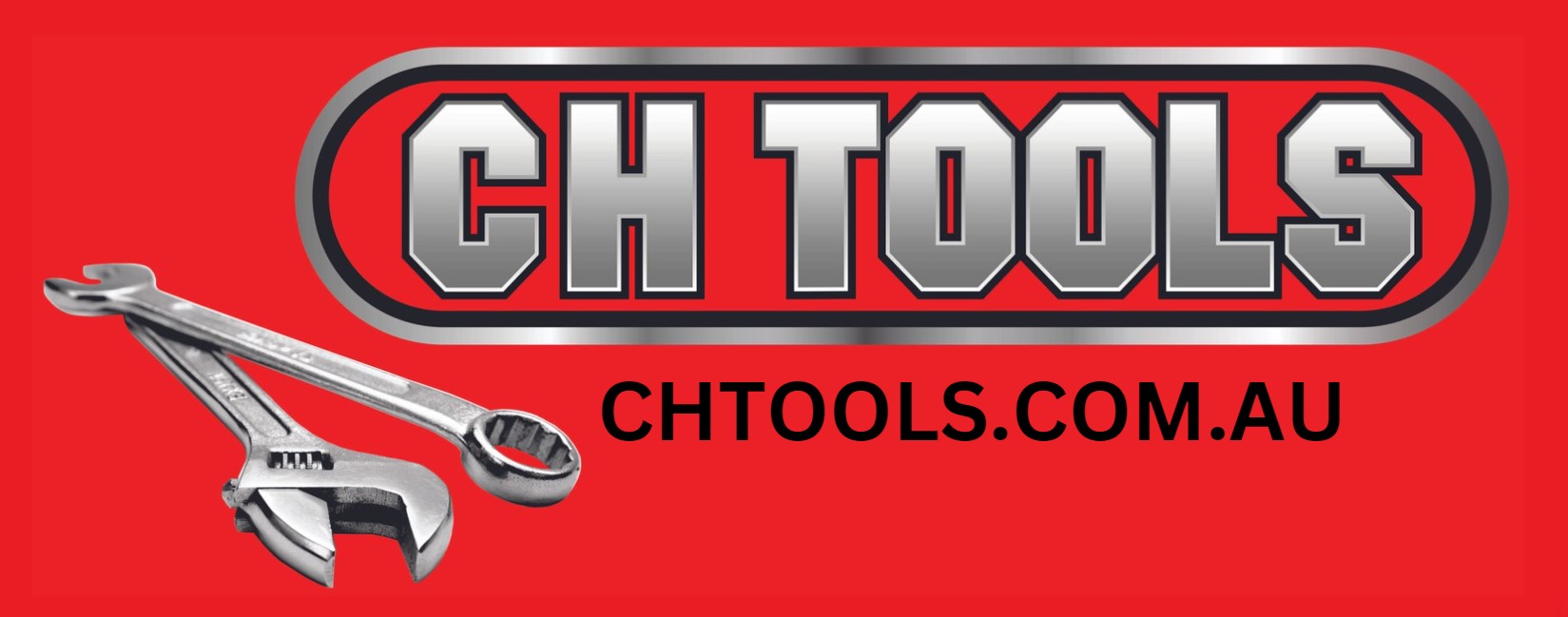Follow us:
Reliable Building Tools: Craft with Precision and Strength



Guide to Selecting the Correct Building Tools for a Job
Selecting the right building tools is essential for achieving efficiency, precision, and quality in construction projects. Here’s a comprehensive guide to help you choose the appropriate tools for various building tasks:
1. Understand the Project Requirements
- Project Type: Determine the type of construction or renovation project (e.g., framing, masonry, drywall, plumbing).
- Material: Identify the materials you will be working with (e.g., wood, concrete, metal, drywall).
- Scope and Scale: Consider the scale of the project and the level of detail required.
2. Types of Building Tools
- Measuring and Layout Tools: For accurate measurements and layout of work.
- Tape Measures: Choose a durable tape measure with clear markings and a locking mechanism. Consider length based on the project needs (e.g., 25' for general use, 100' for large projects).
- Levels: Ensure the tool is accurate and suitable for the type of leveling required (e.g., spirit levels for small tasks, laser levels for precision).
- Squares: Use carpenter’s squares or framing squares for accurate right angles and layout.
- Cutting Tools: For cutting various materials.
- Handsaws: Select based on the material and type of cut needed (e.g., crosscut saws for wood, hacksaws for metal).
- Circular Saws: Ideal for cutting large pieces of wood or sheet material. Choose based on blade size and power.
- Reciprocating Saws: Suitable for demolition and cutting through a variety of materials.
- Hammering and Fastening Tools: For driving nails, screws, and other fasteners.
- Hammers: Choose based on the task (e.g., claw hammers for general use, sledgehammers for heavy-duty tasks).
- Nail Guns: For rapid nailing. Ensure the type (e.g., framing nailer, finishing nailer) matches the project requirements.
- Screwdrivers: Select based on the type of screws (e.g., flathead, Phillips) and handle design for comfort and control.
- Cutting and Shaping Tools: For precise cuts and shaping of materials.
- Utility Knives: Ideal for cutting materials like drywall and insulation. Choose a model with retractable blades for safety.
- Jigsaws: Suitable for cutting curves and intricate shapes in wood and other materials.
- Chisels: For carving and shaping wood or masonry. Select chisels based on the material and desired precision.
- Drilling and Driving Tools: For making holes and driving screws.
- Cordless Drills: Versatile for drilling holes and driving screws. Choose based on battery life, power, and features.
- Hammer Drills: For drilling into masonry or concrete. Ensure it has adjustable speed and impact settings.
- Impact Drivers: Ideal for driving screws and fasteners with high torque.
- Masonry Tools: For working with brick, stone, and concrete.
- Trowels: For spreading and smoothing mortar or concrete. Choose based on the type of trowel needed (e.g., pointing trowel, margin trowel).
- Brick Hammers: For splitting and shaping bricks. Ensure the hammer is well-balanced and has a comfortable grip.
- Concrete Mixers: For mixing concrete. Choose based on the scale of the project and ease of operation.
- Plumbing and Electrical Tools: For plumbing and electrical work.
- Pipe Wrenches: For gripping and turning pipes. Select based on pipe size and material.
- Pipe Cutters: For cutting pipes with precision. Choose based on pipe diameter and type.
- Wire Strippers: For removing insulation from electrical wires. Choose based on wire gauge and ease of use.
- Safety Tools: For ensuring safe work practices.
- Personal Protective Equipment (PPE): Include items like safety glasses, gloves, hard hats, and hearing protection based on the job’s hazards.
- First Aid Kit: Ensure it is well-stocked and easily accessible on-site.
3. Selecting the Right Tool
- Material Compatibility: Ensure the tool is suitable for the material you are working with to achieve optimal performance and avoid damage.
- Tool Quality: Opt for high-quality, durable tools that can withstand the demands of the job and provide reliable performance.
- Ergonomics: Choose tools with comfortable handles and designs that reduce operator fatigue and improve control.
4. Safety and Compliance
- Safety Features: Select tools with safety features such as guards, anti-vibration handles, and non-slip grips.
- Regulations: Ensure tools comply with relevant safety standards and regulations (e.g., OSHA, ANSI).
5. Maintenance and Care
- Regular Inspection: Frequently inspect tools for signs of wear or damage and perform necessary maintenance.
- Cleaning and Storage: Keep tools clean and store them in a dry, organized manner to prevent rust and damage.
- Sharpening and Repair: Regularly sharpen cutting tools and repair or replace damaged parts as needed.
6. Cost Considerations
- Budget vs. Quality: Balance your budget with the quality and durability of the tools. Higher-quality tools may offer better performance and longer service life.
- Value for Money: Consider the tool’s features, warranty, and brand reputation when evaluating cost.
7. Training and Skill Development
- Proper Use: Ensure you or your team are trained in the correct use of each tool to maximize efficiency and safety.
- Ongoing Training: Consider additional training or certification for advanced tools or techniques.
8. Future Needs and Upgradability
- Long-Term Planning: Consider future projects and needs when selecting tools to ensure they are versatile and adaptable.
- Tool Upgrades: Choose tools that can be upgraded or expanded as your project requirements change.
By carefully evaluating these factors, you can select the correct building tools that meet your project needs, enhance efficiency, and ensure high-quality results.
CONTACT US TO FIND OUT MORE ABOUT THE TOOLS WE RANGE IN-STORE
